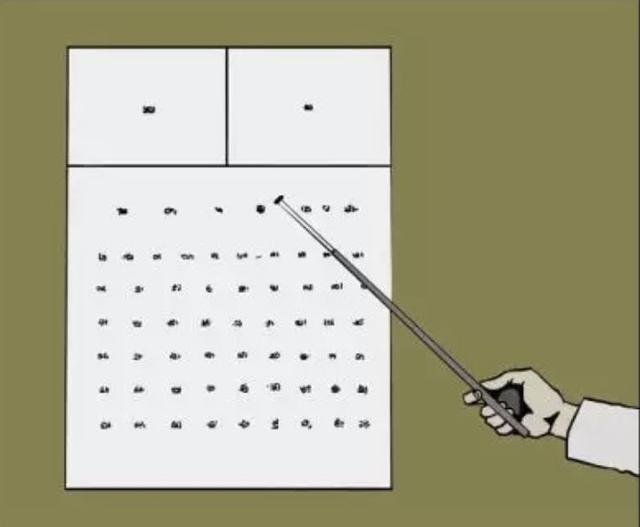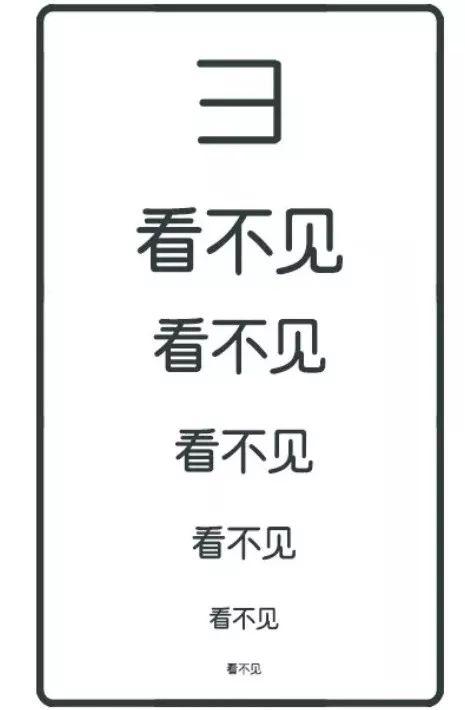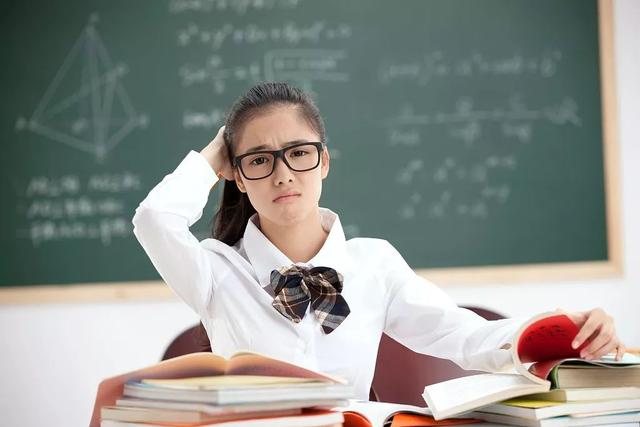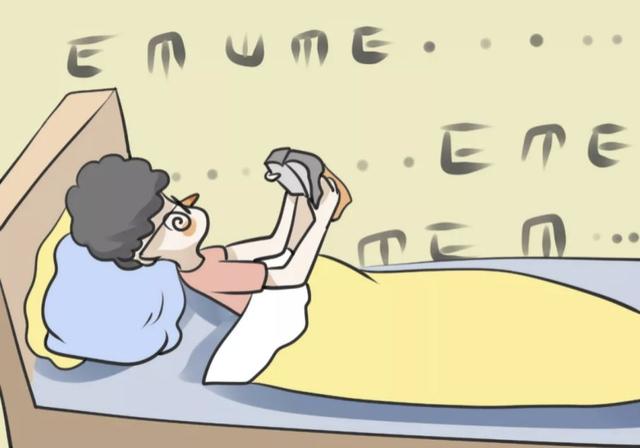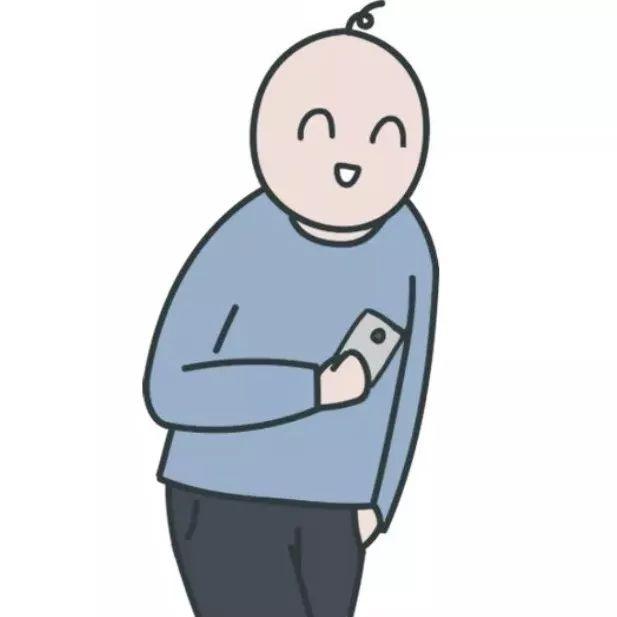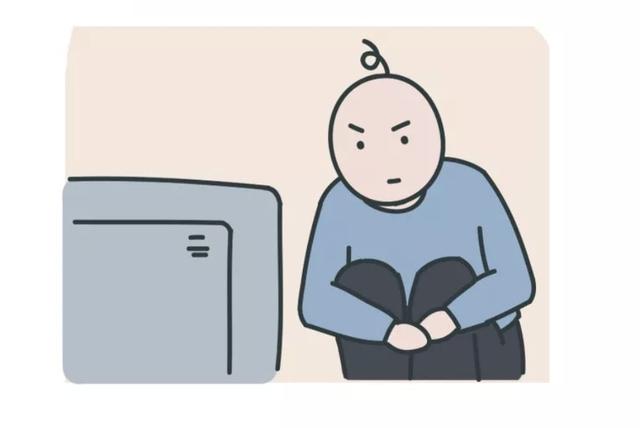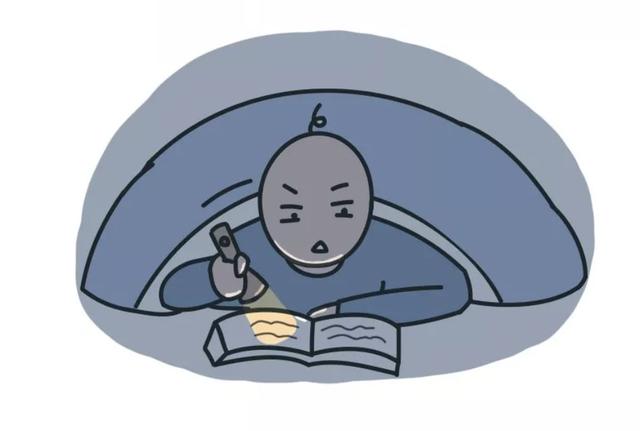2019.12.22 周日
視力哲學
Many older folks must wear bifocals which have two different lenses- one to correct for the problems with near vision and one to correct for problems with far vision…
宜
護眼
勞累
忌
如果說年輕時近視的我們,老了之後會遠視,那麽,是不是會有那麽一段時間,我們的視力能好到看清視力表最下面那一排“鬼畫符”呢?
答案是:不一定。
事實是這樣的:
Babies are actually farsighted, and as they grow older their eyes grow too until they reach a point of “perfect” eyesight, called emmetropia.
剛出生的嬰兒都是遠視眼,但隨著年齡增長,眼睛也會發育,直到“視力正常”,學術上叫做“屈光正常”(emmetropia)。
出生的時候,嬰兒都一樣,都是遠視眼。等慢慢長大,兒童的視力就正常了。但很多人青春期長著長著就過了那個點,變成了近視。
It isn’t entirely worked out what cues the eye that it is time to stop growing, but we know that in many kids the eye continues to grow past emmetropia and they become nearsighted.
其實直到現在(科學家)也還沒有完全弄清楚是什麽因素“告訴”眼睛該停止發育了。但我們知道,很多孩子的眼睛在視力正常後繼續發育,結果變成了近視。
Basically, when the eye grows too long the light inside the eye comes to a focus in front of the retina rather than at the retina, causing blurry vision, so we must wear glasses to change the optics and focus the light onto the retina again.
是這樣的,如果眼睛的前後距離太長,眼睛裏的光線就會聚焦在視網膜前面而不是視網膜上,從而造成了模糊的視覺,因此,我們必須戴上眼鏡來改變光線的路徑,使它再次聚焦到視網膜上。
When we age, we suffer a different process. Our tissues become stiffer and the lens doesn’t adjust as easily so we start to lose near vision as well.
隨著年齡增長,我們會經曆一個不同的過程。我們的眼部組織會變得僵硬,晶狀體的活動性也變差,漸漸地,我們就連近的東西也看不清了。
等到老了,以爲遠視可以把它拉回來,卻發現晶狀體已經失去了彈性,近視遠視並存,需要兩幅眼鏡了。
Many older folks must wear bifocals which have two different lenses- one to correct for the problems with near vision and one to correct for problems with far vision.
許多老年人必須佩戴有兩種不同鏡片的雙焦眼鏡,一種用于矯正近視問題,另一種用于矯正遠視問題。
環顧四周,想想看,你身邊戴眼鏡的人占多大比重?
事實上,中國青年的近視問題早就見諸國際媒體的報端。
今年四月份,China Daily就曾報道過學生的近視問題:
More than half the young children and teenagers in China are nearsighted, according to a survey by top government agencies, which called for intensified efforts to prevent and control the condition.
相關部門的一項研究顯示,中國有一半以上的兒童和青少年是近視眼,該研究呼籲加大預防和控制近視的力度。
The survey, which was conducted last year, found that eight of 10 senior middle school students were nearsighted, compared with 71.6 percent in junior middle school, 36 percent in primary school and 14 percent of 6-year-olds in kindergarten. Overall, 53.6 percent were nearsighted.
去年進行的這項研究發現,10名高中生中有8人近視,而初中生近視率爲71.6%,小學生近視率爲36%,幼兒園6歲兒童近視率爲14%。總的來看,也有53.6%的人患有近視。
新華社的同期報道也顯示,高中生近視人群中高度近視的人數也有顯著增加。
The prevalence of a high degree of myopia also became alarming as the percentage of senior students in high school, who wear glasses stronger than six diopters, has mounted to 21.9 percent.
高度近視的患病率也令人擔憂——高中生中戴著600度以上近視眼鏡的比例已經上升到了21.9%
權威醫學雜志《柳葉刀》在2018年的一項針對中國青年群體的研究中發現:
Up to 80 percent of the country’s young adults suffer from nearsightedness, according to a report in the medical journal Lancet. In contrast, the overall rate of myopia in the UK is about 20-30 percent.
醫學雜志《柳葉刀》的一項報告顯示,(中國)80%的年輕人患有近視。相比之下,英國的近視率大約爲20%-30%。
早在2015年,美國國家公共電台引述新華社報道的數字稱當時就有86%的高中生患有近視了:
If you walk the streets of China today, you’ll quickly notice that most young people wear glasses. In Shanghai, for instance, 86 percent of high school students suffer from myopia, or nearsightedness, according to Xinhua News Agency.
走在如今的中國街頭,你會很快注意到大多數年輕人都戴著眼鏡。以上海爲例,據新華社報道,86%的高中生患有近視。
類似的數字還被《每日電訊報》、半島電視台和石英網等媒體報道過。
之後,2017年《南華早報》的報道引述了《柳葉刀》的一項研究顯示:青少年大範圍近視不僅僅是中國一個國家的問題,是整個東亞地區的問題。
The growing prevalence of myopia is not only a Chinese problem, but it is an especially East Asian one. According to a study published in The Lancetmedical journal in 2012, by Ian Morgan, of the Australian National University, South Korea leads the pack, with 96 percent of young adults (below the age 20) having myopia; and the rate for Seoul is even higher. In Singapore, the figure is 82 percent.
近視患病率的不斷上升不僅是中國一個國家的問題,而是困擾整個東亞的問題。澳大利亞國立大學的伊恩·摩根2012年在《柳葉刀》上發表的一項研究顯示,韓國的近視率高居榜首,96%的年輕人(20歲以下)患有近視,首爾的近視率甚至更高。新加坡的這個數字是82%。
ZME Science的標題更是嚇人:To say that Asia is having an eye problem is an understatement. 說是“亞洲近視”都不爲過。
近視的原因到底是什麽?
China Daily的報道總結了近視的幾大原因:
Several factors are associated with the high rate of nearsightedness in China’s children and teenagers, including lack of outdoor physical activity, lack of adequate sleep due to heavy extracurricular work and excessive use of electronics products.
有若幹個因素與中國兒童和青少年近視率高有關,包括缺乏戶外體育活動、課余作業繁重導致睡眠不足,以及過度使用電子産品。
久坐不出門、睡眠少、看手機多,這說的不就是我嗎?
書本拿太近,電子産品用太多已經是老生常談了。但發表在權威雜志《眼科》上的一項研究顯示戶外活動的確是一個重要因素:
Biologists compared Singaporeans living in Singapore to those living in Australia. They found that 29 percent of the Singaporean students had myopia compared with just 3 percent in Sydney. The main correlation was once again, time spent outside.
生物學家把居住在新加坡的新加坡人與居住在澳大利亞的新加坡人作了比較。他們發現29%的新加坡學生患有近視,而在悉尼的那一組中就只有3%。主要的關聯再次出現在花在戶外的時間上。
“The big difference was the Chinese children in Australia were outdoors a lot more than their matched peers in Singapore,” says Ian Morgan, a retired biologist at Australian National University, who coauthored the 2008 study. “This was the only thing that fit with the huge difference in prevalence.”
澳大利亞國立大學退休生物學家伊恩·摩根表示:“兩組之間最大的不同在于,與新加坡的同齡人相比,澳大利亞的華裔在戶外活動的時間多得多。這也是唯一能解釋近視率巨大差異的因素。”
最後來回顧一下與視力相關的單詞吧!
近視可以叫nearsightedness, 也可以叫shortsightedness, 醫學上叫做myopia.
同理,遠視就是farsightedness,或者longsightedness, 前一個偏美式,後一個則偏英式,學術上的遠視叫做hyperopia.
這裏是中國日報雙語新聞夜聽雙語,我是雙語君。
晚安,好夢。
myopia /maɪˈoʊpiə/ n. 近視
hyperopia /haɪpəˈoʊpiə/ n. 遠視
bifocals /baɪˈfoʊklz/ n. 雙光眼鏡(上半片爲看遠,下半片爲看近)
retina /ˈretɪnə/ n. 視網膜
lens /lenz/ n.(眼球的)晶狀體
prevalence /ˈprevələns/ n. 流行;盛行
understatement /ˈʌndəsteɪtmənt/ n. 保守說法;低調說法;輕描淡寫
編輯:唐曉敏
實習生:崔莺馨
來源:The Lancet 《南華早報》 ZMEScience Ophthalmology NPR等

